The cold plunge, cold water swimming – jumping into ice-cold water – are becoming increasingly popular. This is because the targeted use of cold therapy not only strengthens the body, but also the mind and emotions. However, in addition to the positive aspects, dealing with the elements of nature also involves risks, and safe handling of the cold requires experience and knowledge.
Prolonged exposure to ice-cold water, such as cold plunging, causes the body to become hypothermic. Hypothermia is also known as hypothermia. Mild hypothermia occurs when the body’s core temperature falls below a life-sustaining level.
Table of Contents
So, how do you rewarm effectively and safely after a cold plunge?
The Horse Stance
The Horse Stance, also known as “riding stance”, is a fundamentally important exercise in various martial arts forms, especially in traditional Chinese Kung Fu. This stance, which is often performed as a static exercise, has a long history and is recognized for its ability to develop strength, stability, and endurance.

The horse stance is a very common warm-up exercise for cold plunging. To perform it:
- Place your arms forward for balance or hold them in a guard position.
- Stand with your feet wide apart, toes pointing slightly outward.
- Bend your knees into a deep squat so your thighs are parallel to the ground.
- Keep your back straight, distributing weight evenly on both feet.
You have additional benefits by holding the deep squat and wide stance position, as the muscles of the legs, buttocks, and lower back are strengthened and built up. At the same time, the exercise improves balance and body control as the weight must be kept evenly on both feet. This helps to improve proprioceptive skills and supports balance.
And your endurance is also improved by holding the Horse Stance position for longer periods of time, making the body better able to withstand fatigue. Finally, the Horse Stance requires a high level of concentration and mental discipline to maintain the position over an extended period of time. By focusing on breathing and mental stamina, these skills can be improved.
When ice bathing, the Horse Stance is very often used to warm up before and after the ice bath. The air is often let out with a “Wooo” “Haaa”. The sounds can be used to give yourself a little boost and thus increase the heat generation.
What Else Helps to Warm Up?
- Warm drinks: Herbal tea or hot ginger water warms the body from within.
- Layered clothing: Apply the “onion principle”—several thin layers are more effective than a single thick one. Start with warm socks, leggings, sweaters, and gloves if needed.
Is Alcohol A Good Idea?
A schnapps to warm you up? – It may sound tempting, but it’s the worst option. The idea that alcohol warms up the body is firmly anchored in our cultural understanding. However, alcohol has the exact opposite effect: by dilating the blood vessels, more heat is released through the skin. In fact, drinking alcohol can lower body temperature by around 1°C per bottle of wine, as reported by Geo magazine. In an environment such as ice bathing, where the aim is to strengthen the body through targeted cold therapy, the consumption of alcohol can be counterproductive and lead to unwanted cooling. Instead, we can take full advantage of the body’s natural response to the cold by encouraging the process of vasoconstriction, where blood vessels constrict and heat release is slowed.
The effect of alcohol in the body – Alcohol is absorbed into the bloodstream within a few minutes of ingestion and then reaches all tissues of the body, including the brain and muscles. In particular, alcohol quickly reaches organs with a high blood supply, such as the liver and the brain. Alcohol has an inhibitory effect on the transmission of information in the brain, which can lead to slower perception and a reduced ability to react.
The danger of combining cold and alcohol – In extreme cold exposures, the consumption of alcohol can even be life-threatening, as it undermines the body’s natural response to the cold, namely the constriction of blood vessels. It is important to approach the process of rewarming after a cold dip or ice bath consciously and carefully to avoid unnecessary stress on the body.
Avoiding the Afterdrop
The art of warming up after cold water swimming doesn’t end when we get out of the water and are flooded with feelings of happiness. The afterdrop, also known as aftercooling or aftercold, refers to the phenomenon where your body temperature continues to drop after leaving a cold body of water, or at least feels like it does when you return to a warmer environment. To avoid or minimize the afterdrop, it is important to warm up slowly and in a controlled manner after leaving cold water. The emphasis is on slowly, as it can also be life-threatening to warm up too quickly, especially after prolonged exposure to the cold. In general, you should not underestimate the strength of your body. Light exercise, be it shadow boxing, horse stance, or slow jogging, can warm your body up much faster and better than just wearing extra clothing. The most helpful is a combination of both, extra layers of clothing plus moderate exercise.
In summary:
- Warm up slowly: Avoid jumping straight into hot showers or saunas after prolonged cold exposure, as it can shock the system.
- Move gently: Light exercise, like shadow boxing, jogging, or returning to Horse Stance, warms you more effectively than clothes alone.
- Combine both: The best strategy is moderate movement plus layered clothing.
Key Takeaway
Safe recovery after a cold plunge is as important as the plunge itself. Gentle movement, gradual warming, and avoiding alcohol will help you reap the benefits of cold exposure without unnecessary risks.

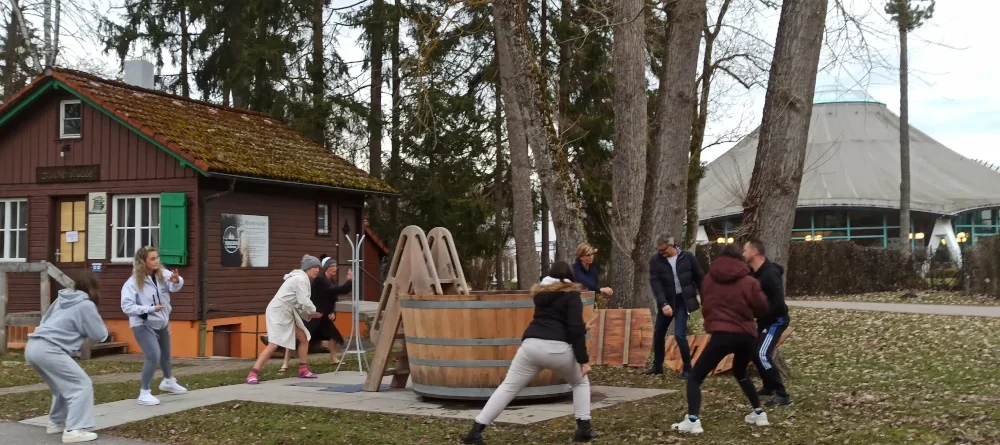
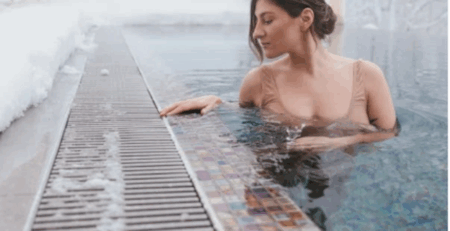
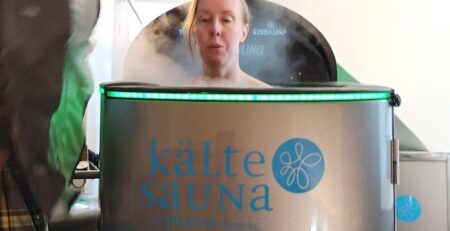
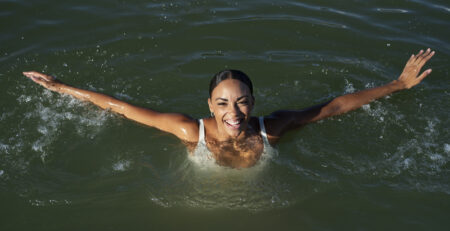
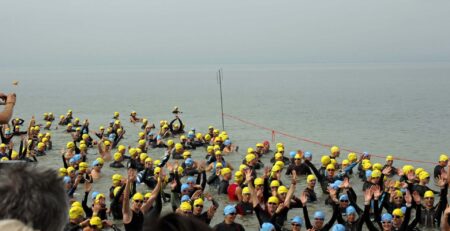
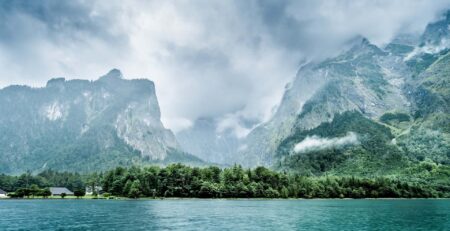


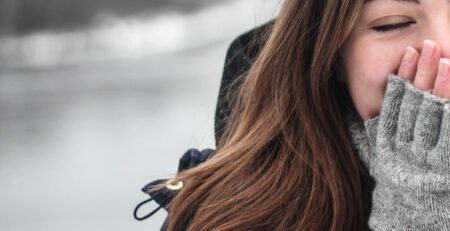
Leave a Reply